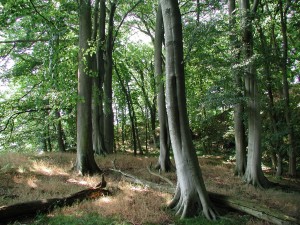 BASC has highlighted shooting’s significant role in enhancing biodiversity, supporting a wide variety of species, following the publication of the State of Nature 2019 report.
BASC has highlighted shooting’s significant role in enhancing biodiversity, supporting a wide variety of species, following the publication of the State of Nature 2019 report.
The association is concerned that the report again shows a long-term decline in biodiversity in the UK and accepts more needs to be done.
The report presents an overview of how the nation’s wildlife is faring, looking back over 50 years of monitoring and scientific data. Principal long-term pressures are named as agricultural intensification, pollution and rising temperatures, as well as loss of habitats, especially woodlands and wetlands.
BASC’s head of biodiversity Ian Danby said: “Shooting in the UK is broad-scale activity, although not as noticeable as nature reserves, it invests heavily in nature through its management practices. Whilst overlooked in the report, the benefits of shooting have helped buffer the decline of many species specifically named.
“Shooting is involved in the management of two-thirds of the rural land area. There are 3.9 million work days spent on conservation every year, which is the equivalent of 16,000 full-time conservation jobs and two million hectares are actively managed for conservation as a result of shooting.
“The management for shooting brings a huge array of benefits. Research clearly shows that woodland butterflies benefit from the wide rides needed in woodlands for shooting recording up to four times as many found than on the woodland edge. Land managed for shooting holds more diversity than unmanaged land.
“Shooting enhances our landscapes, creating habitat corridors and wildlife friendly environments. It is part of the solution and should be respected as such,” he added.
Robin Marshall Ball, a member of BASC Council and a conservation specialist, said: “These challenges are faced by society as a whole but individual projects showcase what can be done by people that care about wildlife.
“A prime example is the recent completion of the Horkstow wetlands project, which has seen the Barton on Humber Wildfowlers Club convert 16 acres of arable land into a wetland mosaic for nature with a £100,000 loan from the Wildlife Habitat Charitable Trust.”
